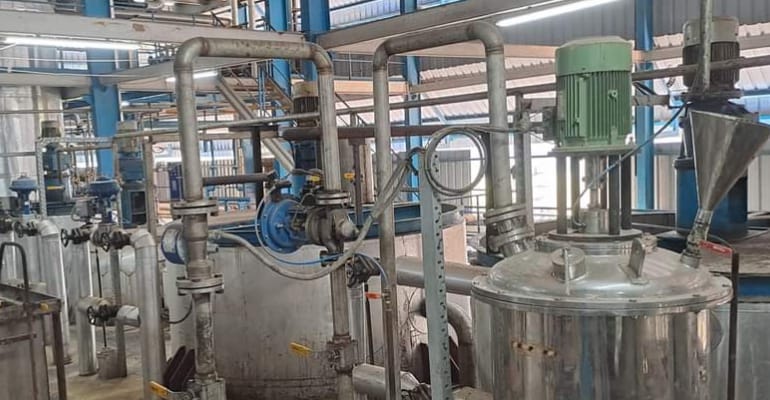Bleaching process in an edible oil refining plant :
The bleaching process in an edible oil refining plant is an essential step that helps remove impurities, pigments, and undesirable substances from the crude oil. Here's an overview of the bleaching process :
1. Adsorbent Addition :
The crude oil is heated to the required temperature and then mixed with a bleaching earth or activated carbon, which acts as an adsorbent. The adsorbent helps to remove impurities and pigments from the oil.
2.Mixing and Contacting :
The oil and adsorbent mixture is thoroughly mixed to ensure uniform contact between the oil and the adsorbent particles. This mixing process allows the adsorbent to adsorb impurities and pigments present in the oil.
3. Bleaching Time and Temperature :
The oil-adsorbent mixture is typically held at a specific temperature for a predetermined period to facilitate the bleaching process. The temperature and duration vary depending on the type of oil and the bleaching agent used.
4. Filtration :
After the bleaching process is complete, the oil-adsorbent mixture is passed through a filtration system to separate the adsorbent particles from the oil. The filtration process removes the bleaching earth or activated carbon along with the adsorbed impurities and pigments, leaving behind clarified oil.
5. Post-Bleaching Treatment :
In some cases, the bleached oil may undergo further processing steps such as deodorization to remove any remaining odors and improve the oil's flavor and stability.
The bleaching process helps improve the quality and appearance of the edible oil by removing impurities, pigments, and undesirable substances. It is an important step in the overall refining process that ensures the production of high-quality, marketable edible oils.
- Great Technology
- Certified Engineers
- Delivery Ontime
- Best Branding



